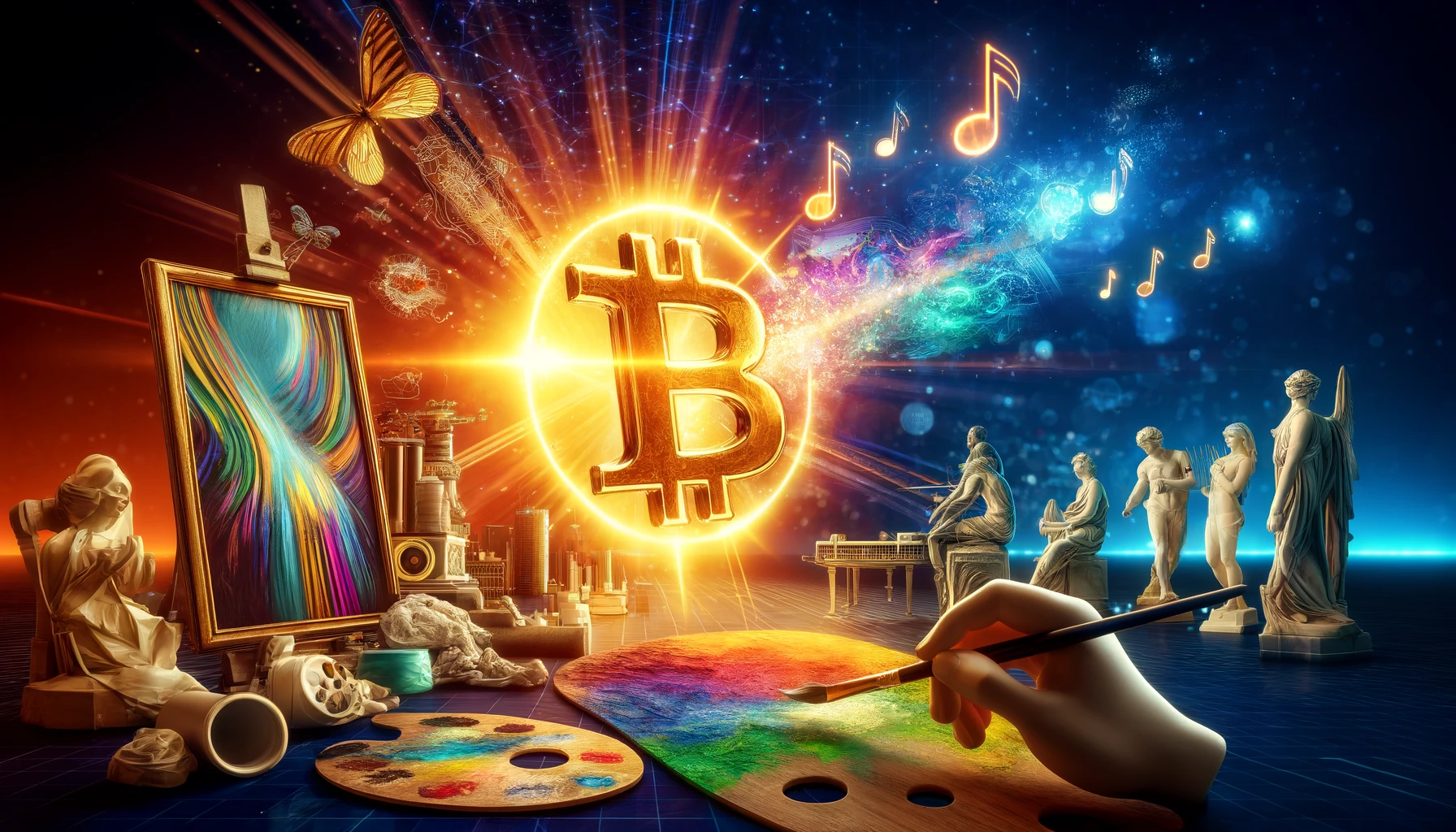Bitcoin and Art: How Cryptocurrency is Changing the Art World
The intersection of Bitcoin and the art world represents a dynamic fusion of technology and creativity, signaling a transformative shift in how art is valued, bought, and sold.

As cryptocurrency becomes more mainstream, its impact on the art sector is profound, altering the traditional paradigms of art ownership, provenance, and patronage. See multifaceted ways in which Bitcoin is influencing the art landscape, heralding a new era of digital patronage and artistic expression.
Democratizing Art Ownership
Bitcoin, with its decentralized and accessible nature, has democratized the process of buying and selling art. By removing the traditional gatekeepers of the art world, such as galleries and auction houses, artists can directly sell their works to a global audience, often at more affordable prices. This direct-to-consumer model not only increases artists’ earnings but also makes art more accessible to a broader demographic.
Enhancing Provenance and Authenticity
One of the most significant contributions of Bitcoin, through blockchain technology, is in proving the provenance and authenticity of artworks. Each transaction on the blockchain is recorded in a way that is transparent and immutable, providing a permanent, unalterable record of the artwork’s history. This capability addresses long-standing issues of forgery and disputed ownership in the art world, giving collectors and investors increased confidence in the authenticity and history of their acquisitions.
Facilitating Global Art Transactions
Bitcoin enables artists and collectors from different parts of the world to engage in transactions without the need for currency conversion or the involvement of traditional banking systems. This global reach not only expands the market for artists but also allows collectors to access a wider range of artworks, promoting cultural exchange and diversity in art collections.
The Rise of Digital and Crypto Art
The advent of Bitcoin has also spurred the growth of digital and crypto art. Artists are increasingly leveraging blockchain technology to create unique, digital pieces that are bought, sold, and collected similarly to traditional art. These digital artworks, often tied to a non-fungible token (NFT), verify their originality and ownership through the blockchain, creating a new market and appreciation for digital art forms.
Investment and Patronage
Bitcoin has introduced new investment dynamics in the art world. Cryptocurrency investors and enthusiasts are becoming art patrons, viewing art acquisition as an extension of their investment portfolio. This influx of new capital is not only beneficial for artists but also invigorates the art market, fostering a vibrant ecosystem of creativity and innovation.
Challenges and Considerations
Despite these positive developments, the integration of Bitcoin into the art world is not without challenges. The volatility of cryptocurrency values can affect the stability of art prices. Additionally, the environmental concerns associated with Bitcoin mining and blockchain technology have prompted debates about the sustainability of crypto art, especially digital artworks that consume significant energy in their creation and transaction processes.